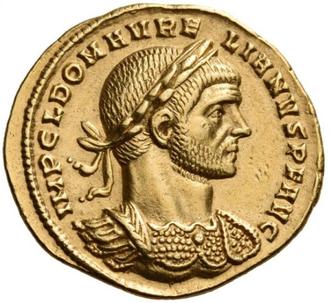
A young Prince, but unlikely to be King.
A Kingdom ruled long ago by his ancestors.
A Nation that wants to get rid of its King.
Story in the evening ...
A Kingdom ruled long ago by his ancestors.
A Nation that wants to get rid of its King.
Story in the evening ...
https://twitter.com/Arby_K/status/1432531132579389440
Christian Frederik Carl Georg Valdemar Axel was born in 1872 to Prince Frederik of Denmark and Princess Lovisa of Sweden. Prince Frederik was the Crown Prince of Denmark, while Princess Lovisa the only surviving child of the King of Sweden and Norway. 1/10 

As his father's second son, Prince Carl, as he was normally known, was unlikely to reign in Denmark. When the King of Sweden-Norway died in 1872, his titles were not inherited by Princess Lovisa, but by her uncle, Oscar Fredrik, since they only allowed agnatic succession. 2/10 

Prince Carl trained to become a naval officer, becoming a first lieutenant in 1894. In 1896, he married Princess Maud of Wales, daughter of Albert Edward, Prince of Wales and Princess Alexandra of Denmark. In 1901, Albert Edward became the King of UK and Emperor of India. 3/10 

Well connected to European royalty, Prince Carl was approached by a former Kingdom which had removed their King, but were looking for a new one - Norway. Norway had been in union with Sweden since 1814, but were feeling that they were not getting the best out of the union. 4/10 

In 1905, the Storting voted to dissolve their union with Sweden, and followed by a referendum for the same. But they still wished to remain a Kingdom, to not antagonize other powers. After the Swedish royal family decided not to entertain Norway, they looked to Denmark. 5/10 

Denmark & Norway had been in union from 1397 to 1814, for most part. Though the union of Sweden & Norway was decided elsewhere, Norway fought for (and got) an independent Constitution and Parliament in 1814. It was this Parliament, Storting, that now approached Prince Carl. 6/10 

But Prince Carl wanted to better gauge the will of the people. Another referendum followed, in November 1905 and after 79% supported him as King, he was formally elected as King by Storting. He was crowned as King in 1906 and he took Haakon as his regnal name. 7/10 

King Haakon adopted Norwegian customs and became a strong adherent of the constitutional monarchy. Maintaining neutrality in the Great War, he was guided by democratic principles in his rule as King. 8/10 

When Germany invaded in 1940, the Storting gave the King and the Cabinet full authority to govern. King Haakon then held out against appointing a German backed government in Norway and managed to flee to England, governing from exile. 9/10 



The King returned in 1945 after the Allies liberated Norway and worked on rebuilding Norway. He died in 1957 and was succeeded by his son, Olav, who had already been actively involved with the military during WWII and was Regent from 1955. 10/10 



• • •
Missing some Tweet in this thread? You can try to
force a refresh















